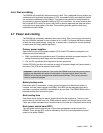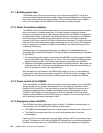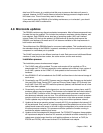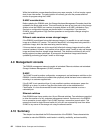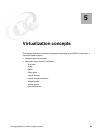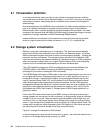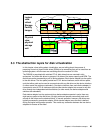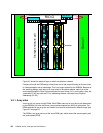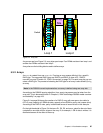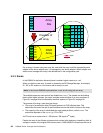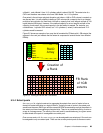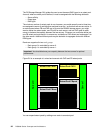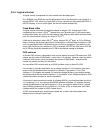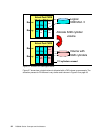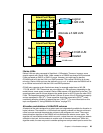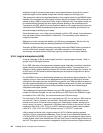
Chapter 5. Virtualization concepts 87
Figure 5-3 Array site
As you can see from Figure 5-3, array sites span loops. Four DDMs are taken from loop 1 and
another four DDMs are taken from loop 2.
Array sites are the building blocks used to define arrays.
5.3.2 Arrays
An array is created from one array site. Forming an array means defining it for a specific
RAID type. The supported RAID types are RAID-5 and RAID-10 (see 4.6.2, “RAID-5
overview” on page 76 and 4.6.3, “RAID-10 overview” on page 76). For each array site you can
select a RAID type. The process of selecting the RAID type for an array is also called
defining
an array.
According to the DS8000 sparing algorithm, from zero to two spares may be taken from the
array site. This is discussed further in Chapter 6, “IBM TotalStorage DS8000 model overview
and scalability” on page 103.
Figure 5-4 on page 88 shows the creation of a RAID-5 array with one spare, also called a
6+P+S array (capacity of 6 DDMs for data, capacity of one DDM for parity, and a spare drive).
According to the RAID-5 rules, parity is distributed across all seven drives in this example.
On the right-hand side in Figure 5-4 the terms D1, D2, D3, and so on, stand for the set of data
contained on one disk within a stripe on the array. If, for example, 1 GB of data is written, it is
distributed across all the disks of the array.
Array
Site
Switch
Loop 1 Loop 2
Note: In the DS8000 current implementation, one array is defined using one array site.



